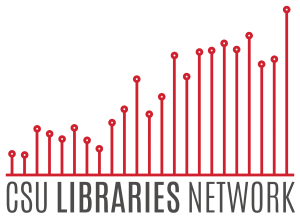What to expect with the agreement?
Rights of ownership are granted to the authors of creative works at the time of creation by U.S. copyright law. As the author of a scholarly article, you own the copyright to that work by default. In order for a journal to publish your scholarly work you must give your permission. This is usually accomplished with a publication agreement or contract.
The contract will generally include two sections: liability and rights. Note: information about plagiarism, attribution, and proper citation can be found at the Excelsior Online Writing Lab (Excelsior OWL) and the Purdue Online Writing Lab (Purdue OWL).
Liability. To deter copyright infringement and unethical practices, and to protect themselves from these transgressions, journals will have some form of liability statement in their license agreement. It will commonly require that:
- You wrote the paper and own copyright.
- No content is plagiarized.
- All third-party content is attributed.
- The paper hasn’t already been published in another journal.
- The paper is not being considered for publication at another journal.
- The work does not injure or cause harm to anyone.
- You are solely responsible for any of the above violations.
Rights. Journal agreements will detail who owns the copyright and the use rights for the published work. This section will commonly cover the following.
- Who retains the copyright during publication. Typically, the journal will retain copyright before publication, even for open-access journals.
- Who retains the copyright after publication.
- If the journal retains copyright, the journal will list what usage rights you may exercise. Note that they may be no different than that of any other patron.
- If you retain copyright, the journal will list what usage rights they will exercise over the published work.
- How the published work will be made available to the public
- The work is made available behind a paywall.
- Open access. Review these definitions for the range of open access options. Note that many of these options introduce qualifications on the release of the published work in open access.
- Creative Commons license agreements. These are some of the most commonly used licensing agreements for open access content. They include a combination of the following elements.
- BY – Credit must be given to the creator
- SA – Adaptations must be shared under the same term
- NC – Only noncommercial uses of the work are permitted
- ND – No derivatives or adaptations of the work are permitted

